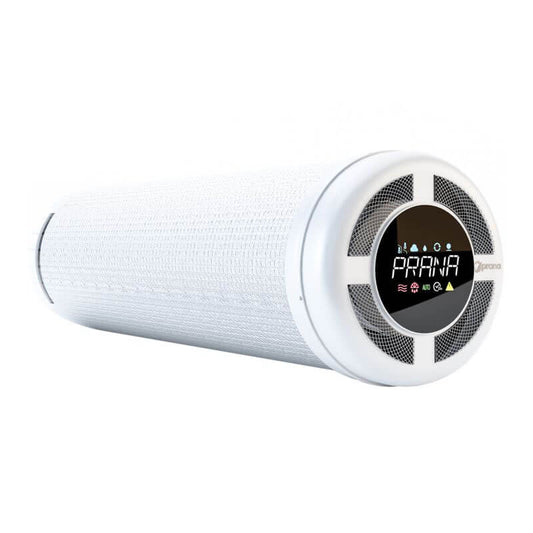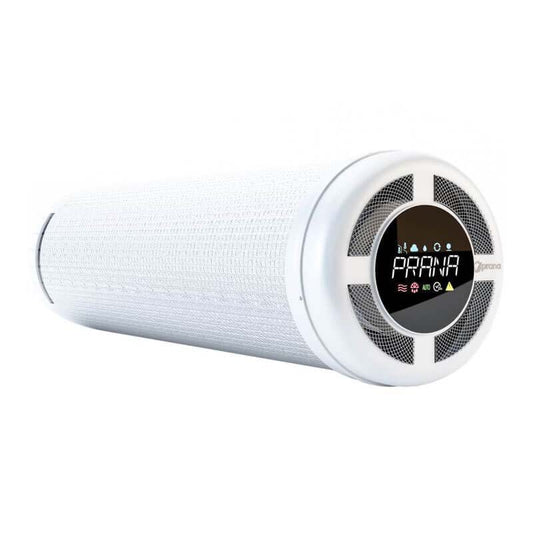In a previous article, we drew attention to the negative effects of constantly elevated concentrations of carbon dioxide (CO2) on the health of people living indoors. But there are other negative factors that are often present in poorly ventilated or inadequately ventilated rooms, one of which is increased relative humidity.

Humidity and CO2 levels are the two main indoor air quality indicators
In order for people to feel comfortable indoors, they need good quality breathable air. While CO2 levels mainly affect people and their health, increased humidity has two other negative effects: in addition to its negative impact on people's health, it also damages building walls, finishes and other structural components. It also creates suitable conditions for the growth and invasion of various types of mold and mildew. This process is also stimulated by elevated CO2 levels. Damp and mould also have a negative visual effect indoors.
It should also be noted that these mould spores are released into indoor air and further into the human respiratory tract, leading to various health problems, including weakening the immune system and relaxing the body's defences against various diseases. This process, where people are constantly exposed to stale, unhealthy air with reduced oxygen (O2) and increased carbon dioxide levels, can make allergic reactions more severe and more frequent in the long term.
"...mould spores are released into indoor air and further into people's airways, leading to various health problems..."
Mould doesn't only live on the walls, but also inside them
Note that mouldy areas on walls, in corners, near plumbing and elsewhere are only the visible part of the problem. But mould can also grow behind finishes, under wallpaper, behind plasterboard, and even in load-bearing structures (wall masonry). This must be taken into account when deciding to tackle this mold infestation, as removing some visible, cosmetic defects will not necessarily solve the problem itself.
To effectively eliminate mould, it is first necessary to remove the conditions that are favourable (and unfavourable to human health) for the mould and its growth. The most appropriate and best long-term solution would be to install effective ventilation, which will allow air to circulate in the room. This will both provide a healthy supply of fresh air, reducing the CO2 level in the air, and reduce the humidity in the room by removing excess moisture at the expense of fresh, less humid air. This will also end the conditions favourable for the mushroom's vegetation and it will be forced to stop growing and reproducing.
Of course, this solution does not work immediately, within a few days, it takes at least 2-3 months, but with good ventilation we can get rid of mould in that time. But if we want to clean everything right now, there is another way - special chemicals such as Brillux Antimuffa 3430. Such products allow us to quickly destroy the mould where it has formed. They not only stop the mould itself, but also allow the traces left by the mould growth to be cleaned away. "Brillux is made in Germany and works very quickly and effectively, killing mould anywhere in the room.




